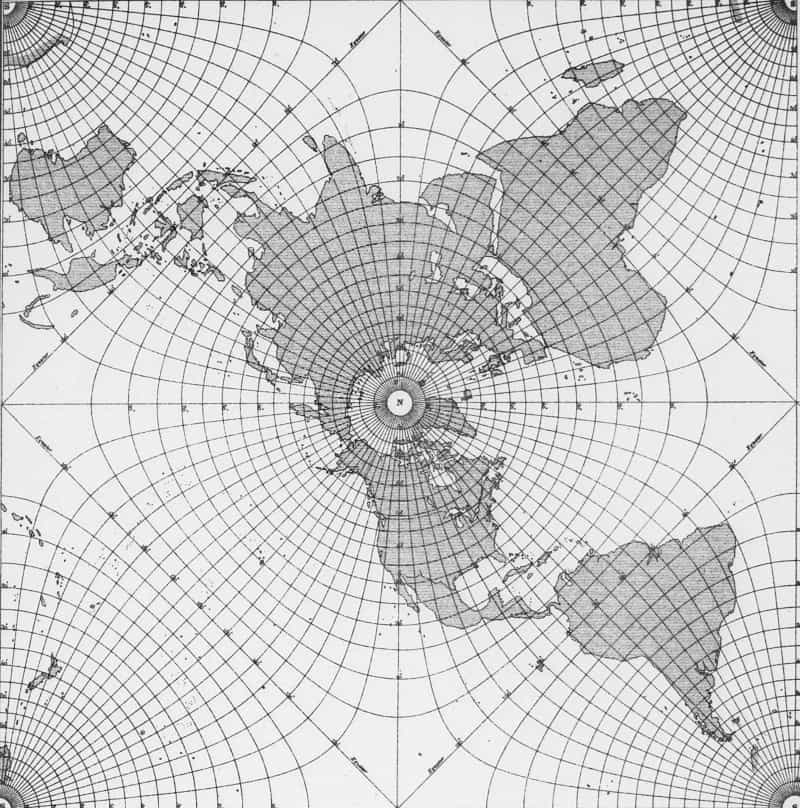Symbols for angles
I was looking around in the Unicode block for miscellaneous symbols, U+2600, after I needed to look something up, and noticed there are four astrological symbols for angles: , , , and .

These symbols are mysterious at first glance but all make sense in hindsight as I'll explain below.
SextileThe first symbol, , U+26B9, is self-explanatory. It is made of six 60 angles and is called a sextile after the Latin word for six.
SemisextileThe second symbol, , U+26BA, is less obvious, though the name is obvious: semisextile is the top half of a sextile, so it represents an angle half as wide.
The symbol looks like , U+22BB, the logic symbol for XOR (exclusive or), but is unrelated.
QuincunxThe third symbol, , U+26BB, represents an angle of 150, the supplementary angle of 30. Turning the symbol for 30 upside down represents taking the supplementary angle.
The symbol looks like , U+22BC, the logic symbol for NAND (not and), but is unrelated.
I've run into the name quincunx beofre but not the symbol. Last fall I wrote a post about conformal mapping that mentions the Peirce quincuncial projection" created by Charles Sanders Peirce using conformal mapping.

Because the projection was created using conformal mapping, the projection is angle-preserving.
The name of the projection comes from another use of the term quincunx, meaning the pattern of dots on the 5 side of a die.
SesquiquadrateThe final symbol, , U+26BC, represents an angle of 135. A little thought reveals the reason for the symbol and its name. The symbol is a square and half a square, representing a right angle plus half a right angle. The Latin prefix sesqui- means one and a half. For example, a sesquicentenial is a 150th anniversary.
The post Symbols for angles first appeared on John D. Cook.